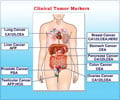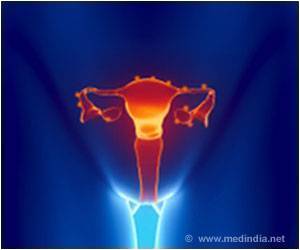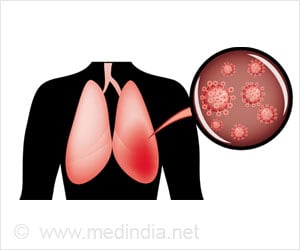Cancer diagnosis can be improved through safety netting which involves follow of the patient’s symptoms over time.

‘Safety netting allows doctor to phase out the serious disease by following the patient’s symptoms over time.’





Faced with this uncertainty, doctors have a responsibility to avoid causing unnecessary alarm and wasting scarce resources through over-investigation, which may result in harm to the patient. But this must be balanced with the potential harm of delaying a diagnosis of serious disease.Safety netting is regarded as "best practice" for cancer diagnosis - allowing doctors to tease out serious disease by following up patients over time, for example by asking them to come back if the symptom hasn't resolved, or to watch out for new symptoms.
So Dr Brian Nicholson and colleagues at the University of Oxford searched for evidence on whether and how safety netting can be done effectively as part of a project funded by Cancer Research UK.
They found little evidence on whether it improves cancer detection. They found some evidence on how best to do it in patients with vague symptoms.
They discuss three main issues: the necessary components of safety netting, the roles of patient and doctor, and the problems arising from miscommunication or misinterpretation of initial test results.
Advertisement
Healthcare organisations should also have systems in place to ensure that test results are reviewed by somebody with knowledge of cancer guidelines, and that positive and negative results are communicated to the patient promptly.
Source-Eurekalert














